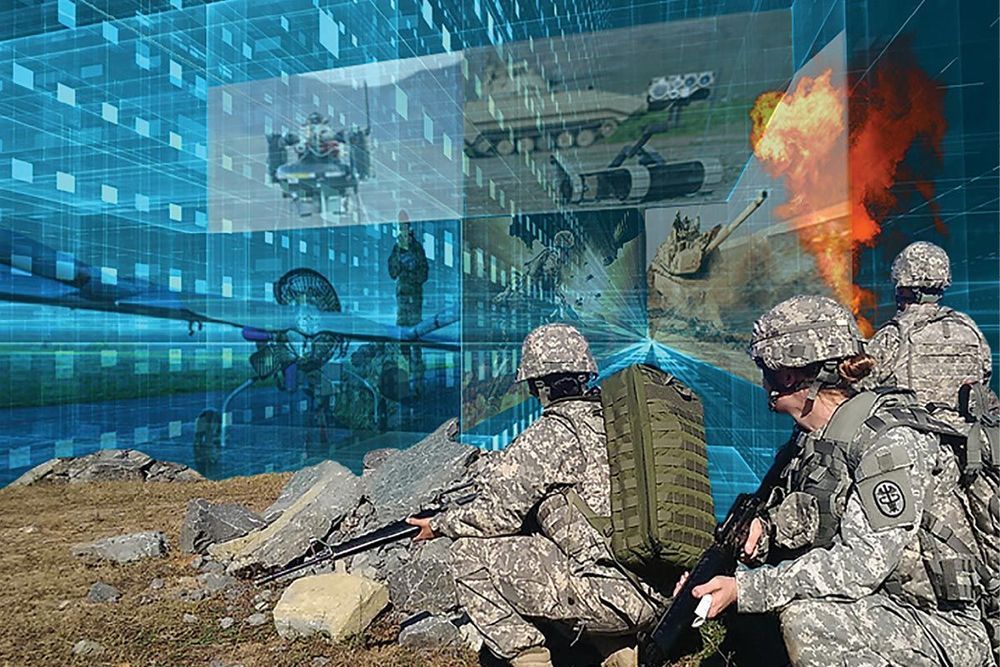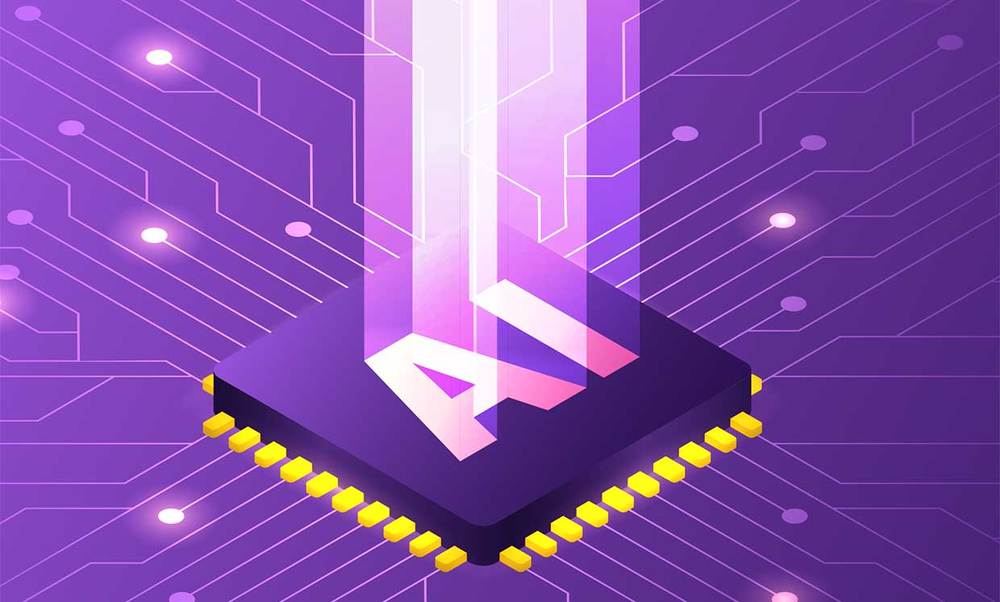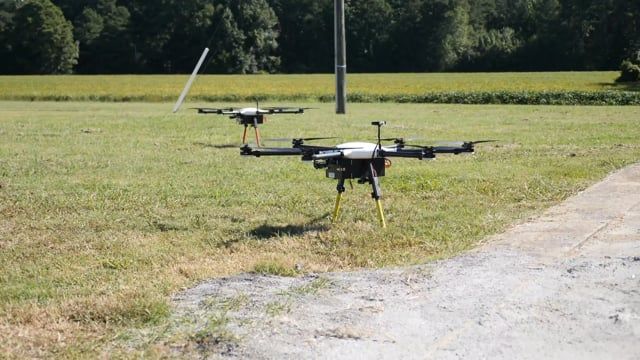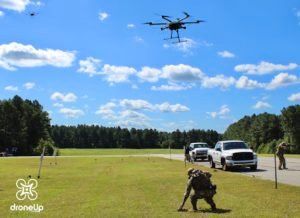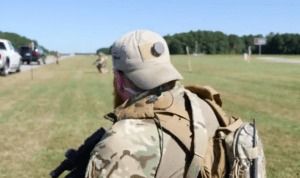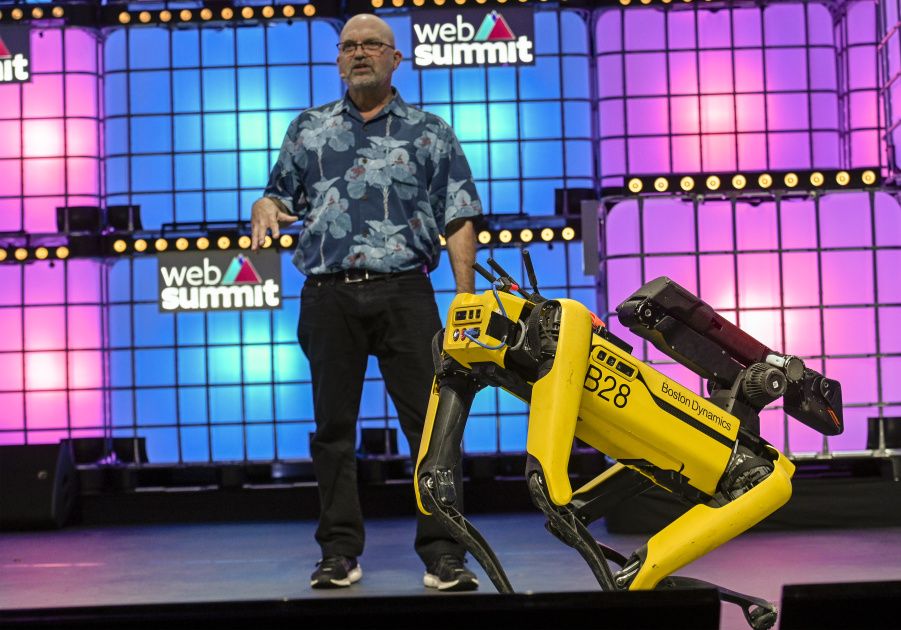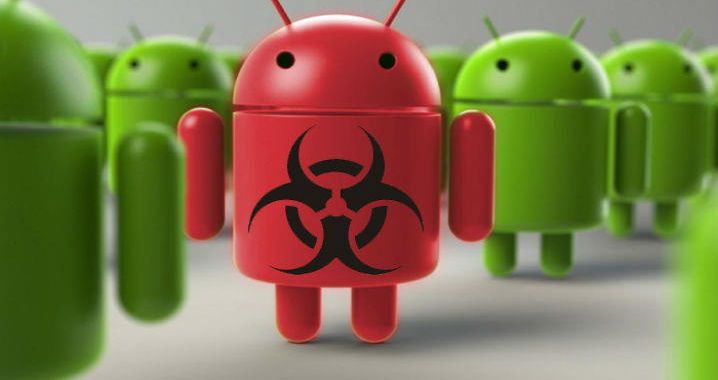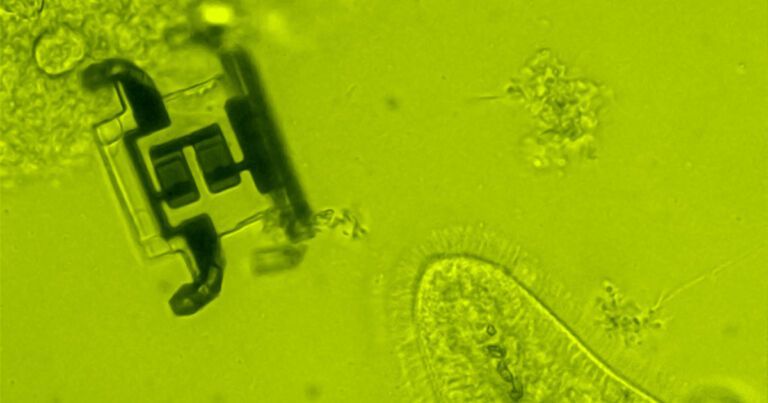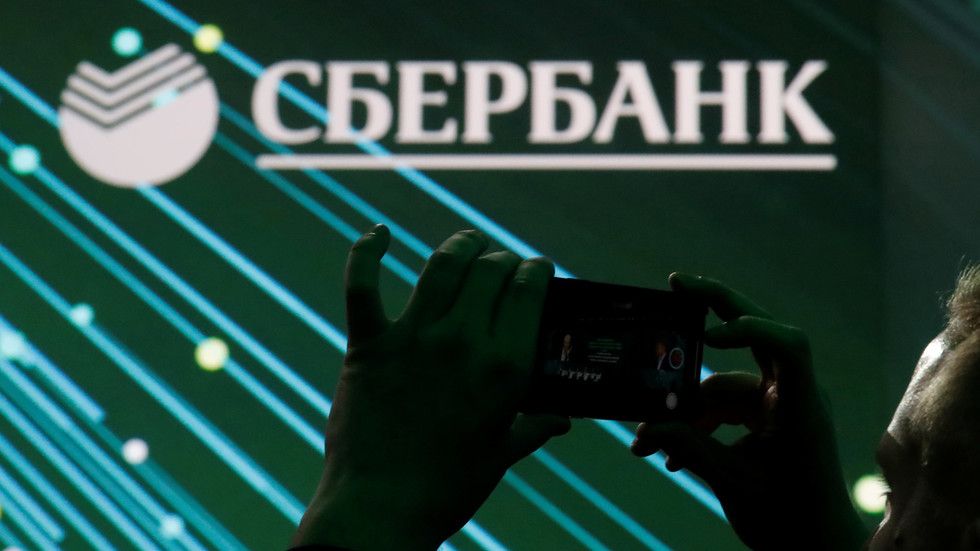A new bipartisan #congressionalreport calls for the #DefenseDepartment to get a lot more serious about the race to acquire #artificialintelligence and #autonomouscapabilities, modeling efforts to become dominant in these spheres after the “Manhattan Project” initiative to test and develop nuclear weapons in the 1940s.
On Tuesday, the House Armed Services Committee released the results of a yearlong review, co-led by Reps. Seth Moulton, D-Mass., and Jim Banks, R-Ind., aimed at assessing #U.S. #militarycapabilities and preparedness to meet current threats. The 87-page #Future of Defense Task Force Report contains some expected findings — #China and #Russia are identified as the top security threats to the U.S. and modernization is described as an urgent need — but there are surprising points of emphasis.
A bipartisan congressional report calls for the DoD to get more serious about the race to acquire artificial intelligence and autonomous capabilities, modeling efforts to become dominant in these spheres after the “Manhattan Project” initiative to test and develop nuclear weapons in the 1940s.
